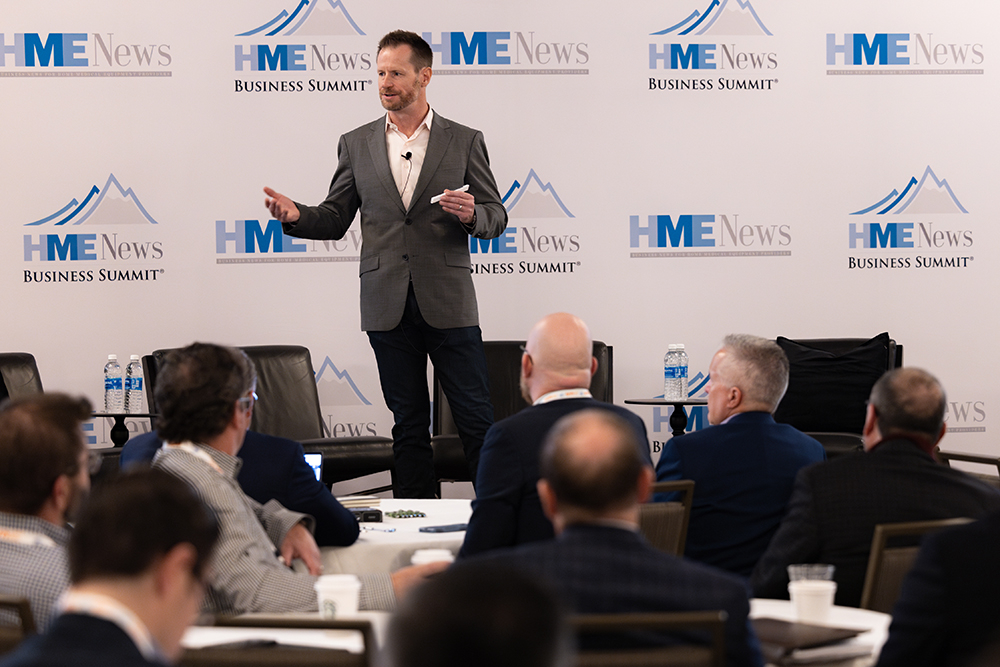Summit wrap up: HME drivers, Medicare Advantage pain, PE dry powder

By Theresa Flaherty, Managing Editor
Updated 11:44 AM CDT, Fri October 25, 2024

PORTLAND, Maine – If there was one takeaway from the HME News Business Summit, it’s that for every challenge there is for HME providers there is opportunity, as well.
The 20th annual conference took place Oct. 21-23 in Portland, Maine, bringing together business leaders and thought leaders to engage on a range of topics from technology to Medicare Advantage to patient engagement.
‘Wrap your minds around it’
HME providers are well-positioned to grow and thrive in an evolving health care system, said Philip Parks, executive vice president of healthcare innovation for AdaptHealth, who kicked off the conference. The appetite for data, the uptake on consumer wearables and a growing population in need of services are all drivers for HME, he said.
“All these things in this space drive more patient awareness and more patient engagement in their health,” he said. “Embracing (this) approach to care is important. How can we wrap our minds around holistic health?”
Another driver for HME: A commitment by providers to service excellence, said Parks.
“At the end of the day, what really matters, every day, is human contact and the right equipment, the right supplies (to the patient),” he said. “Keep doing what you are doing.”
Medicare Advantage
Medicare Advantage plans, which now cover about 50% of all Medicare beneficiaries, will continue to grow, said Phyllis Yale, an advisory partner at Bain & Company, who sat for a fireside chat with AAHomecare’s Laura Williard.
“Payers are excited to be in the MA space – it’s where the sickest people are, there is an opportunity to reduce care and it’s no secret that policies have made it easy to make money,” she said.
But all that growth is coming with increased scrutiny, said Yale. MA programs cost 120% of traditional Medicare, a burden on taxpayers, and often come with prior authorizations, a burden on providers.
‘Breakout year’
There’s a lot of private equity capital sitting on the sidelines, and after several soft quarters, those PE firms will be looking to get back in, said Dexter Braff, founder and president of The Braff Group, who moderator a panel of investment bankers.
“We believe 2025 will be a breakout year,” he said. “The fastest way to grow is through acquisition and PE has to get back in.”
Differentiators for companies looking to buy / sell: technology, payer contracts and double-digit year-over-year growth.
“People are going to pay for growth, as long as everything else checks the box,” said Keith Lockwood, managing director in the Global Healthcare Investment Banking Group at Jefferies.
Comments